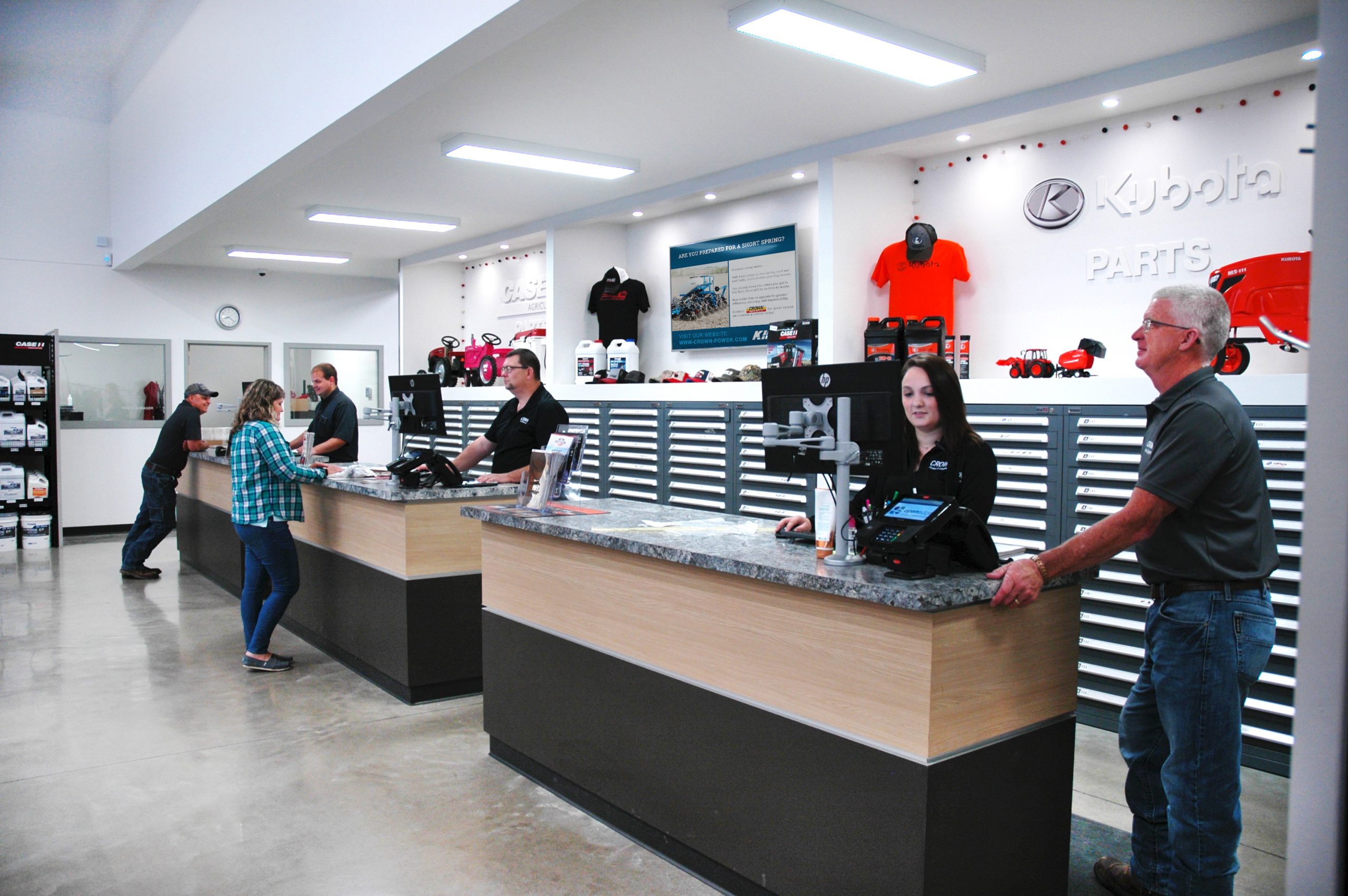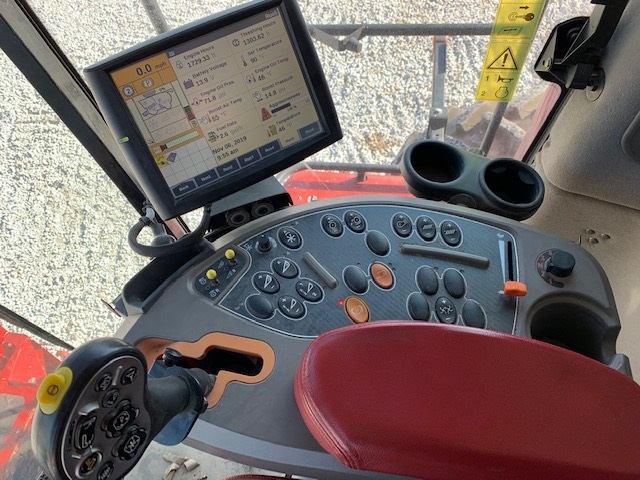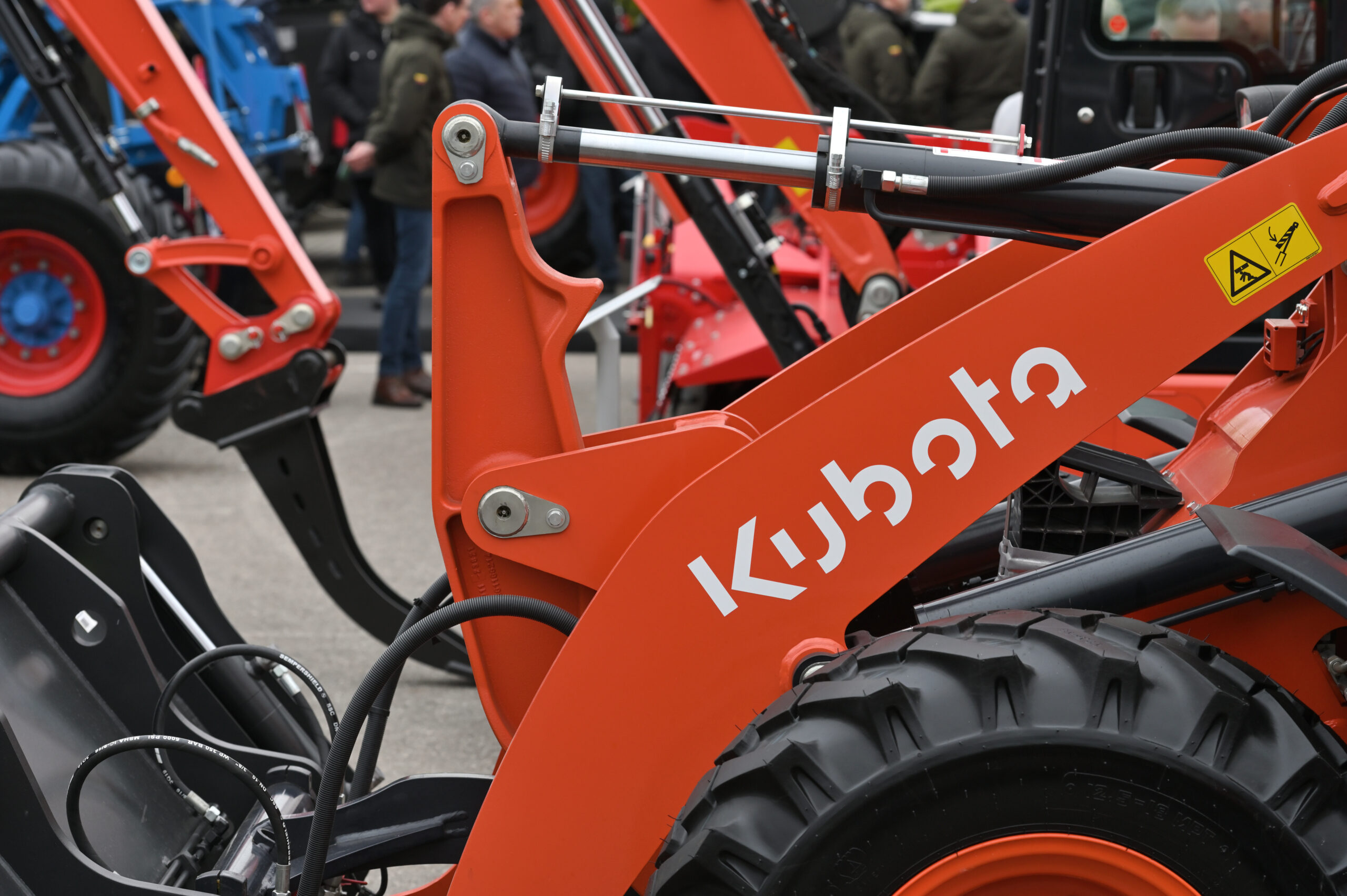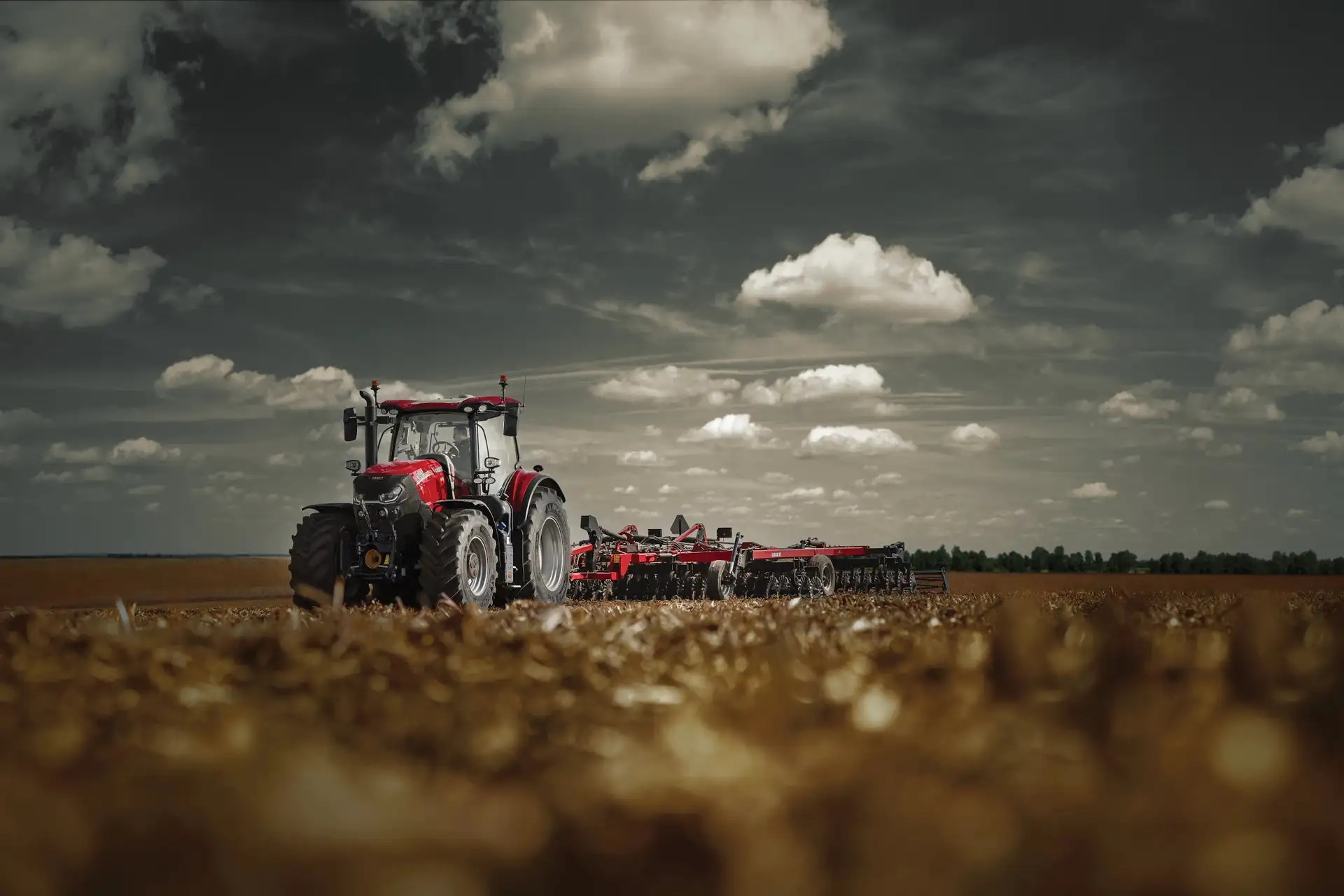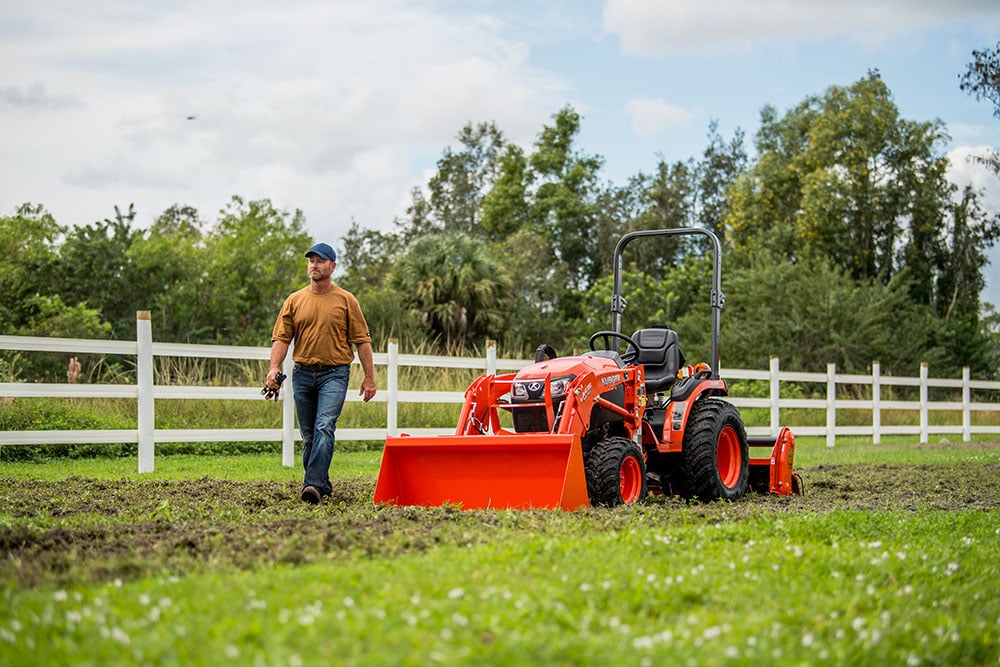Heavy equipment is the backbone of construction, mining, and many other industries. When your machines operate smoothly, projects stay on schedule, downtime is minimized, and productivity soars. But what happens when something goes wrong? The solution often starts with a key decision that many equipment owners face daily: choosing the right heavy equipment parts.
Should you invest in brand-new components, opt for cost-effective used parts, go with rebuilt alternatives, or consider aftermarket options? Each has pros and cons, and finding the right fit for your equipment can feel overwhelming. This blog will break down these options, providing insights to help construction managers, equipment operators, and fleet owners make smarter, more informed decisions.
The Importance of Quality Heavy Equipment Parts
Your equipment is only as strong as its weakest part. Whether you’re working in construction, agriculture, or mining, a broken machine can halt entire projects, leading to missed deadlines and increased costs.
This is why selecting the right parts is critical. Quality parts ensure that your equipment runs efficiently and reduces the risk of future failures. But it isn’t just about quality; it’s about selecting the right parts for the job. Whether you choose new, used, rebuilt, or aftermarket components depends on a combination of budget constraints, machine requirements, and the urgency of the repair.
Curious about how these options stack up? Let’s take a closer look.
Understanding New Heavy Equipment Parts
What are the new parts?
New heavy equipment parts are manufactured directly by the Original Equipment Manufacturer (OEM). These are designed to fit your specific machine model and typically come with warranties from the OEM.
Advantages of New Parts
- Warranty Protection: New parts often come with warranties, providing peace of mind that any early failure is covered.
- Perfect Fit: Made to exact specifications, these will always align perfectly with your equipment’s original build.
- Longevity and Reliability: Since they haven’t been subjected to wear and tear, they generally last longer than used or rebuilt parts.
When to Choose New Parts
New parts are ideal when repairing critical components, such as engines or hydraulic systems, where performance and reliability cannot be compromised. However, they tend to be the most expensive option, which may not always align with certain budgets.
Exploring the Options of Used Heavy Equipment Parts 
What are the used parts?
Used parts are salvaged from retired or non-functional machines. While they are pre-owned, many used parts remain functional and can be a cost-effective solution for less critical repairs.
Advantages of Used Parts
- Affordable Costs: Used parts can dramatically reduce repair costs, often being 50% cheaper than new OEM parts.
- Availability: Popular models may have used parts readily available, ensuring faster repairs.
- Eco-Friendly: By reusing parts, you’re reducing waste and contributing to more sustainable practices.
What to Watch For
Unlike new parts, used components can wear out faster since they’ve already experienced usage. Be sure to source from reputable sellers who inspect and grade their parts for quality.
The Benefits of Rebuilt Heavy Equipment Parts
What are rebuilt parts?
Rebuilt parts (also referred to as remanufactured parts) are used components that have been disassembled, cleaned, repaired, and reassembled to function like new. Qualified technicians service these parts and replace worn-out components with new ones.
Advantages of Rebuilt Parts
- Cost-Effective Without Compromising Quality: Rebuilt parts are typically cheaper than new parts but provide reliable performance comparable to new components.
- Warranties Included: Many rebuilt parts come with warranties, giving you assurance on quality.
- Customization: Some rebuilders allow for upgrades to improve performance.
Best Situations for Rebuilt Parts
Opt for rebuilt parts when working on your machine’s major systems, where you need better quality than used parts but want to save money compared to new ones.
Considering Aftermarket Heavy Equipment Parts
What are aftermarket parts?
Aftermarket parts are produced by third-party manufacturers, designed to fit your equipment but not made by the original manufacturer (OEM). These parts are often geared toward offering quality at a lower price point.
Advantages of Aftermarket Parts
- More Affordable: Aftermarket parts are often significantly cheaper than OEM parts.
- Wide Variety: With options from multiple manufacturers, you can choose parts that best match your needs.
- Competitiveness in Quality: Some reputable aftermarket brands produce parts that meet or exceed OEM standards.
Points to Consider
Not all aftermarket parts are created equal; research the manufacturer before making a purchase. Inferior products can lead to faster wear and damage, so stick to trusted brands in the industry.
Making the Right Choice for Your Equipment
When it comes to selecting heavy equipment parts, there’s no one-size-fits-all answer. Your decision will depend on the following factors:
- Your Budget: New parts may be best for high-criticality repairs, but used or rebuilt options may provide more value for non-essential replacements.
- Urgency: If you need repairs quickly, used parts might be more readily available.
- Equipment Usage: Machines operating under heavy loads or in extreme environments may benefit from the reliability of new or high-quality rebuilt parts.
- Long-term Goals: Investing in high-cost repairs makes sense for long-term equipment, while lower-cost options fit scenarios where the equipment will soon be retired.
By weighing these considerations, you can make an informed decision that balances cost, quality, and time constraints.
Maximizing Uptime with the Right Parts
Choosing the right heavy equipment parts isn’t just about fixing a machine; it’s about optimizing your entire operation. Whether you go for new, used, rebuilt, or aftermarket parts, working with trusted suppliers and understanding the pros and cons of each option is key to keeping your fleet up and running.
At the end of the day, well-maintained equipment means more uptime, fewer headaches, and better profits. Are you ready to take the next step in keeping your fleet in top shape?
Explore your options today and discover how the right parts can make a world of difference to your operations.

